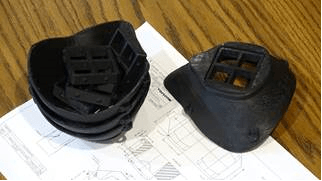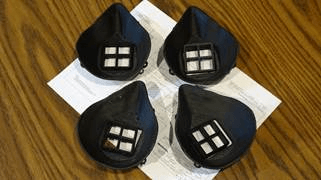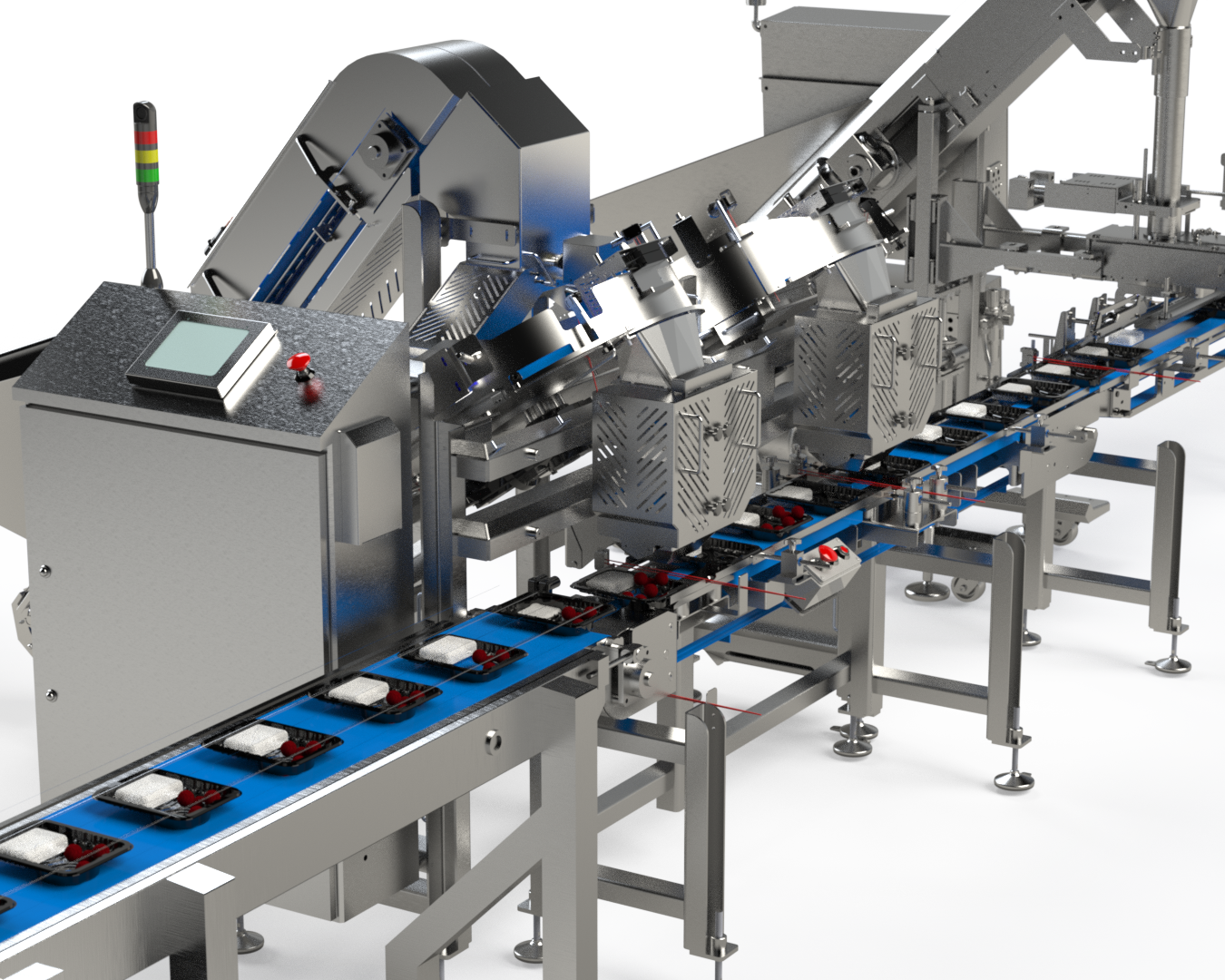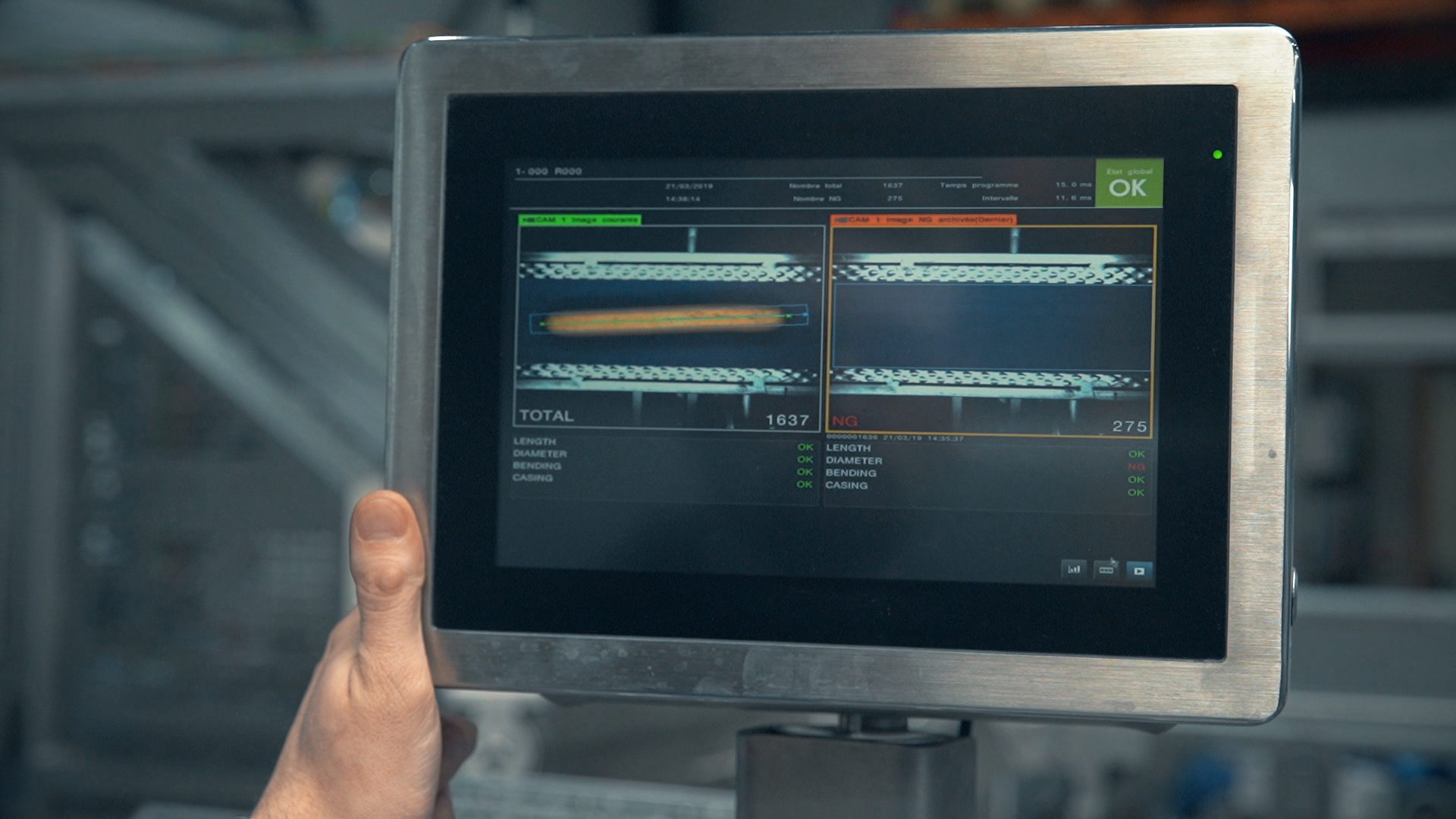Michael Naylor • April 9, 2020
See what Multi-Fill has been doing to help during the crisis.
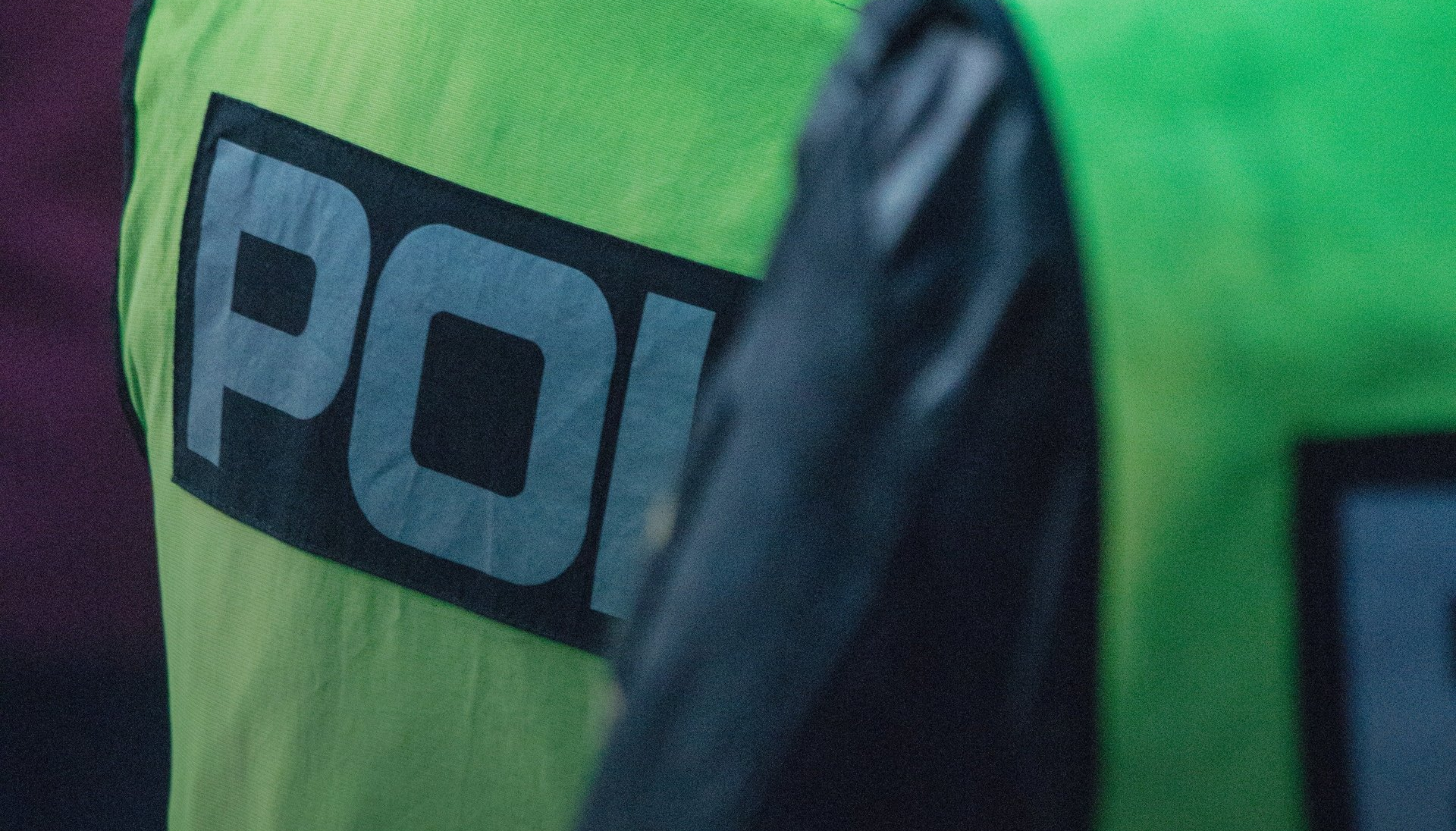
First responders around the country are short on critical supplies
to support them during the COVID-19 crisis. When our engineers heard this, one of them had a great idea.
Why can't we make some masks for them?
Multi-Fill uses a 3D printer to build prototypes of certain machine parts. The printer has been a critical part of our engineering and design process ever since we first got a hold of one just a few years ago. Even as a critical part, we realized that we were only using it for maybe a few hours a week. The rest of the time, there it sat, idle.
That gave our engineering team the idea to use some of that extra time to do something great for the community.
Andrew, one of our engineers, did some quick research to find an already designed 3D model for a face mask. He downloaded them and loaded them into our slicing program. The slicer creates thin layers so that the printer can build up the masks, layer-by-layer. The print is then sent to the 3D printer, and a part is built in about two and a half hours.
The 3D printing process isn’t perfect, however. The first mask came out looking great, but our 3D printer was designed for prototypes, not ongoing production. The second and third masks needed some adjustment. Andrew had to go back and figure out why the print failed, then make some adjustments so they could be printed.
After we saw a few successful prints, Andrew made adjustments for temperature, feed, and print speed to smooth out subsequent models and achieve a repeatable, reliable result.
After we saw a few successful prints, Andrew made adjustments for temperature, feed, and print speed to smooth out subsequent models and achieve a repeatable, reliable result.
Multi-Fill is proud to be able to support our community. The masks were donated to our local emergency personnel, who were excited to receive them. As part of our community we try to help as much as we can to keep this virus under control.
Stay safe, stay healthy!
Stay safe, stay healthy!
Designing a food filling line: Product is king

Food packaging plays a vital role in ensuring the safety and quality of the food we consume. To maintain high standards and prevent foodborne illnesses, the food packaging industry follows a set of regulations known as Current Good Manufacturing Practices (cGMP). In this article, we will delve into cGMP and explore its impact on preventing foodborne illness. We will also take an inside look at how cGMP is implemented on a food factory line, the role of food filling equipment in ensuring compliance, and discuss the future of cGMP in food packaging for strengthening food safety.

Current Good Manufacturing Practices Food safety is of utmost importance in the food industry, and several systems work together to prevent foodborne illnesses. This article explores the harmonization of Current Good Manufacturing Practices (cGMP), Hazard Analysis and Critical Control Points (HACCP), and Hazard Analysis and Risk-based Preventive Controls (HARPC) in ensuring food line safety. We will delve into the synergy between these systems, the role of critical control points, and their practical application in both automatic and manual counting devices. Additionally, we will discuss how cGMP, HACCP, and HARPC optimize automatic filling machines for enhanced food safety. This is the second in a series of articles on cGMP. Read the others here: Harnessing the Power of cGMP in Preventing Foodborne Illness: A Deep Dive into Food Line Safety Measures Delving into cGMP: Its Crucial Role in Food Packaging and Safety Decoding HARPC: Its Role in Foodborne Illness Prevention and the Importance of Critical Control Points
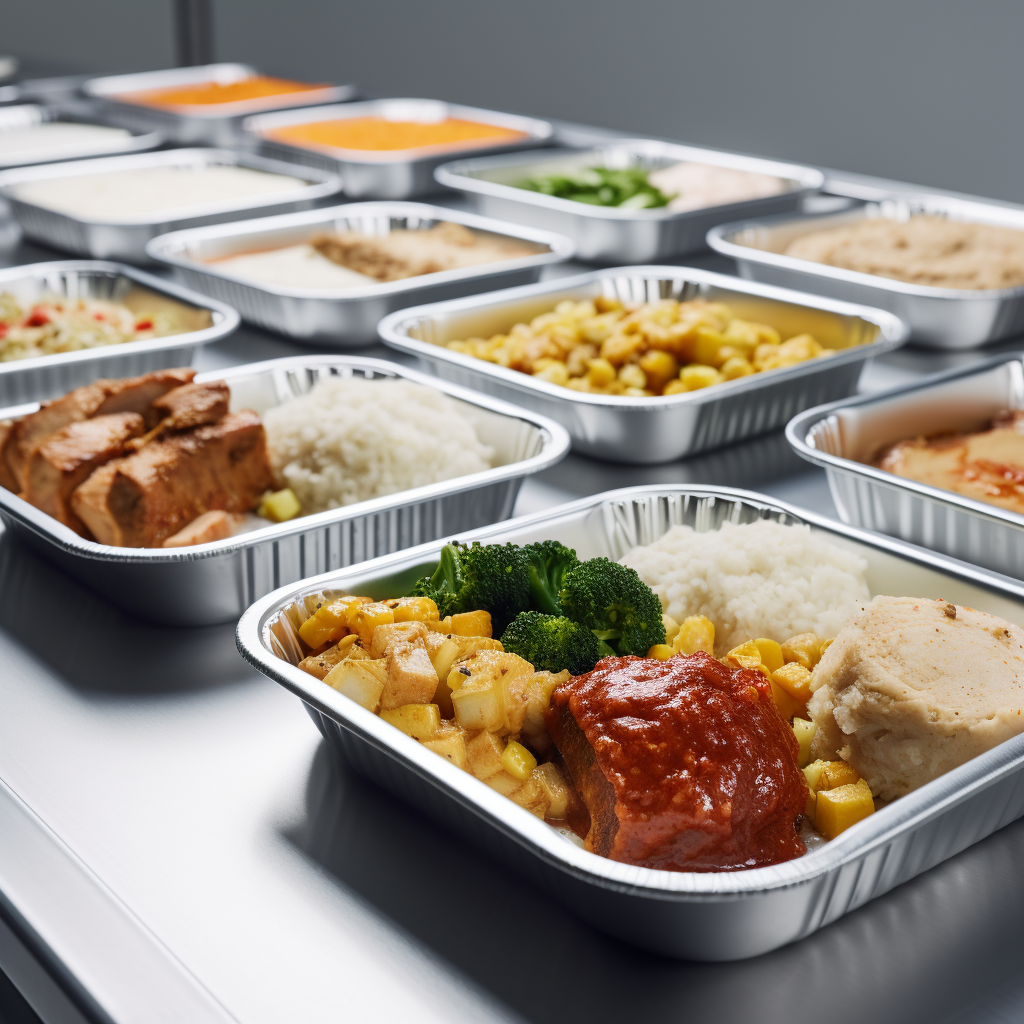
In this article, we explore the crucial role of Current Good Manufacturing Practices (cGMP) in ensuring food safety and preventing foodborne illnesses. We'll delve into the significance of hazard analysis and critical control points (HACCP) and how they contribute to mitigating risks. Additionally, we'll discuss the role of Hazard Analysis and Risk-based Preventative Controls (HARPC) in enhancing food safety measures. This is the first in a series of articles on Good Manufacturing Processes in Food Processing. In this article: Understanding the Importance of cGMP in Food Packaging How Hazard Analysis and Critical Control Points (HACCP) Prevent Foodborne Illness The Role of Hazard Analysis and Risk-based Preventative Controls (HARPC) in Food Safety Critical Control Points in Food Packaging The Intersection of cGMP, HACCP, and HARPC in Food Safety





